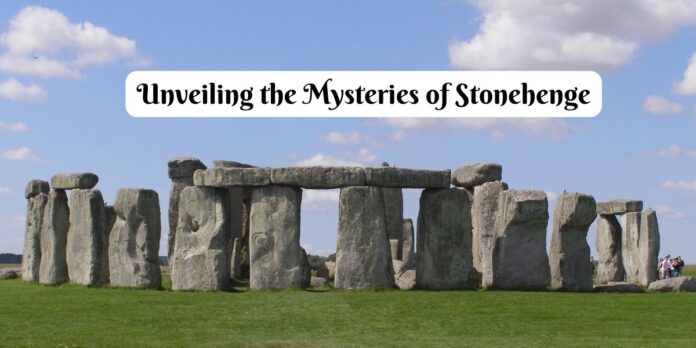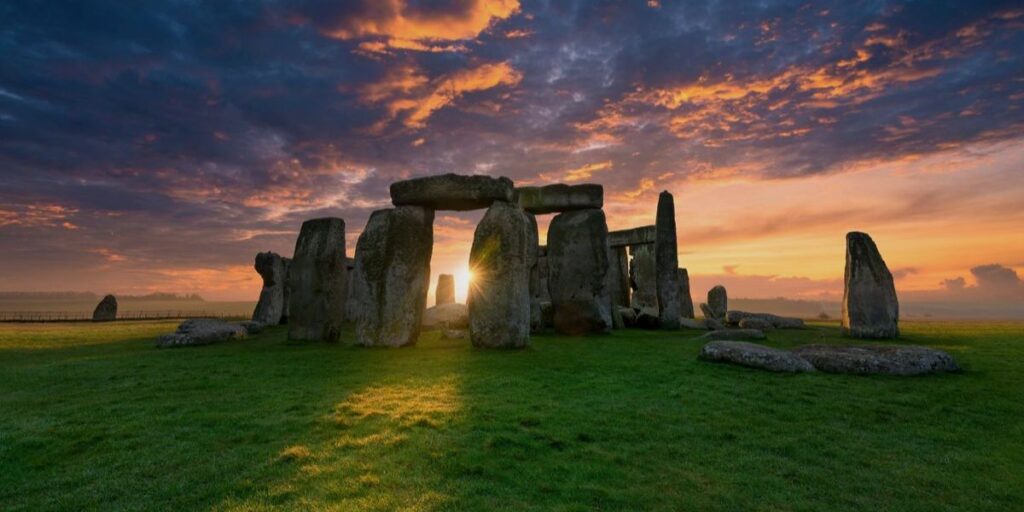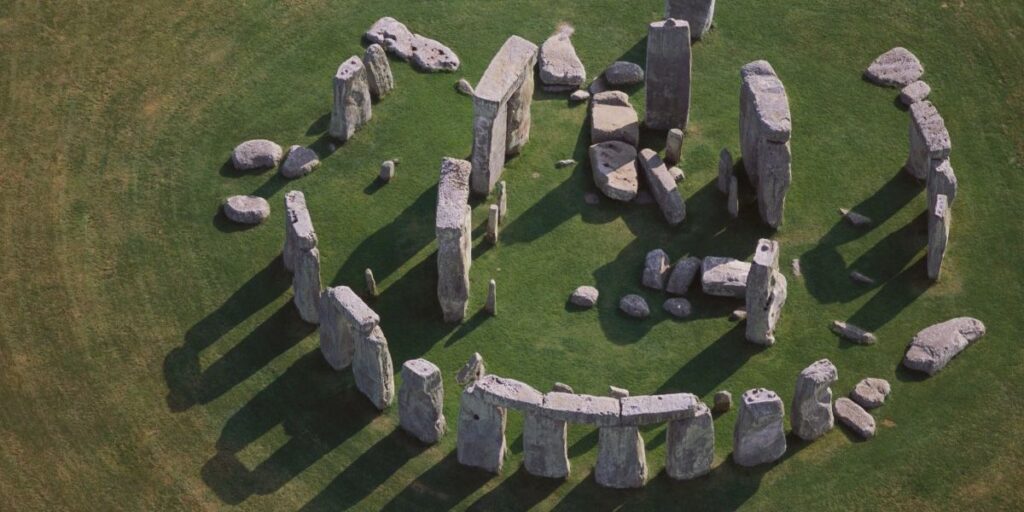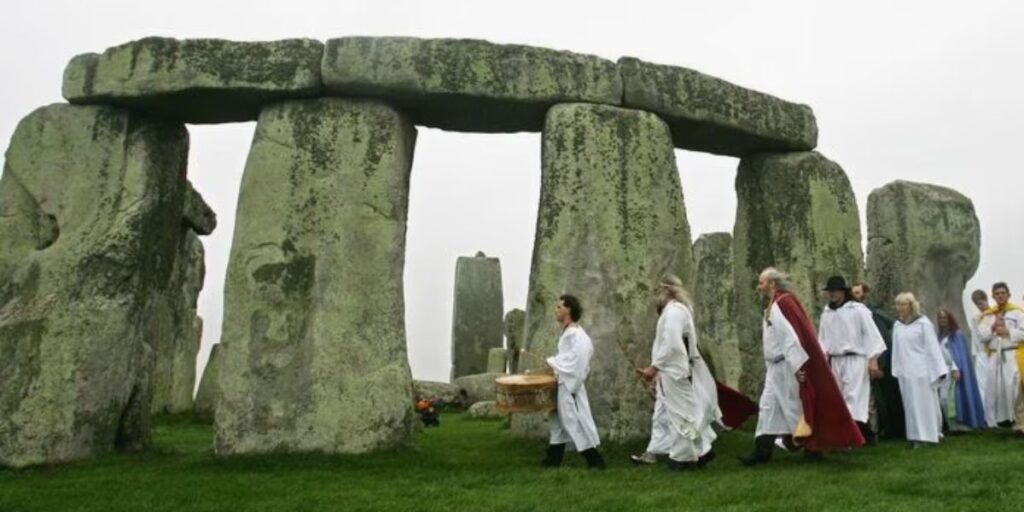Stonehenge, the enigmatic prehistoric monument nestled on the Salisbury Plain in Wiltshire, England, has captivated the imagination of people for centuries. This iconic arrangement of massive stones, standing silent and steadfast against the ravages of time, continues to inspire wonder and curiosity. As one of the most famous landmarks in the world, Stonehenge remains a testament to the ingenuity and spiritual beliefs of our ancient ancestors.
A Monument of Mystery
The origins of Stonehenge date back over 4,000 years, to the late Neolithic period. Its construction is a marvel, comprising concentric circles of standing stones, capped by lintels, arranged in a unique pattern. The larger stones, known as sarsens, weigh up to 25 tons each and were transported from a quarry around 20 miles away. The smaller bluestones, some of which were brought from even farther in Wales. Pose an even greater mystery due to the effort required to transport them.
Scholars and archaeologists have long debated the purpose of Stonehenge. Was it an ancient observatory, a ceremonial site, or perhaps a burial ground? The alignment of certain stones with the solstices suggests a connection to celestial events, hinting at its potential role in marking the passage of time or in religious rituals. The sheer scale and precision of its construction also indicate a society with sophisticated engineering skills and a deep understanding of astronomy.
Unraveling the Enigma
Recent archaeological findings and technological advancements have shed new light on Stonehenge. Ground-penetrating radar and excavation work around the site have revealed previously unknown structures and burial mounds in the surrounding landscape. These discoveries point to a much larger and more complex ceremonial site than previously thought. Indicating that Stonehenge was part of a broader ritual landscape.
One of the most intriguing aspects is the movement and sourcing of the stones. Researchers believe that the transportation of the massive sarsens and bluestones required significant planning and labor. Suggesting that Stonehenge held profound cultural or religious importance for its builders. The site’s evolution over centuries, with different phases of construction and modification, adds to its mystique.
Cultural Significance
Stonehenge has left an indelible mark on popular culture, appearing in countless works of literature, art, and film. It continues to draw visitors from around the world, who come to witness its majesty and ponder its mysteries. The monument’s UNESCO World Heritage status underscores its global significance and the need to preserve its integrity for future generations.
For many, Stonehenge embodies a connection to our ancient past and the enduring questions about human history. The site’s spiritual aura and awe-inspiring presence evoke a sense of wonder and reverence. It stands as a symbol of the enduring human quest for meaning and understanding in the cosmos.
Preservation and Future Exploration
Preserving Stonehenge for future generations remains a priority. Conservation efforts and visitor management strategies seek to balance accessibility with protection. Ongoing research and archaeological investigations aim to deepen our understanding of this iconic site, using cutting-edge technologies to unravel its secrets without compromising its integrity.
The recent creation of a visitor center equipped with interactive exhibits and educational resources has enhanced the visitor experience while promoting responsible tourism. Access to the surrounding landscape has also been improved, allowing visitors to appreciate Stonehenge in its broader archaeological context.
Conclusion:
Stonehenge continues to beckon us with its timeless allure and enigmatic presence. As we delve deeper into its history and significance, new revelations await, promising to enrich our understanding of our ancient ancestors and the world they inhabited. Whether it serves as a celestial observatory, a sacred burial ground, or a testament to human ingenuity. Stonehenge remains an enduring symbol of human curiosity and the enduring quest to unlock the mysteries of our past.
In the heart of the English countryside, Stonehenge stands as a silent sentinel, inviting us to contemplate the wonders of our shared heritage and the profound mysteries of the universe.





